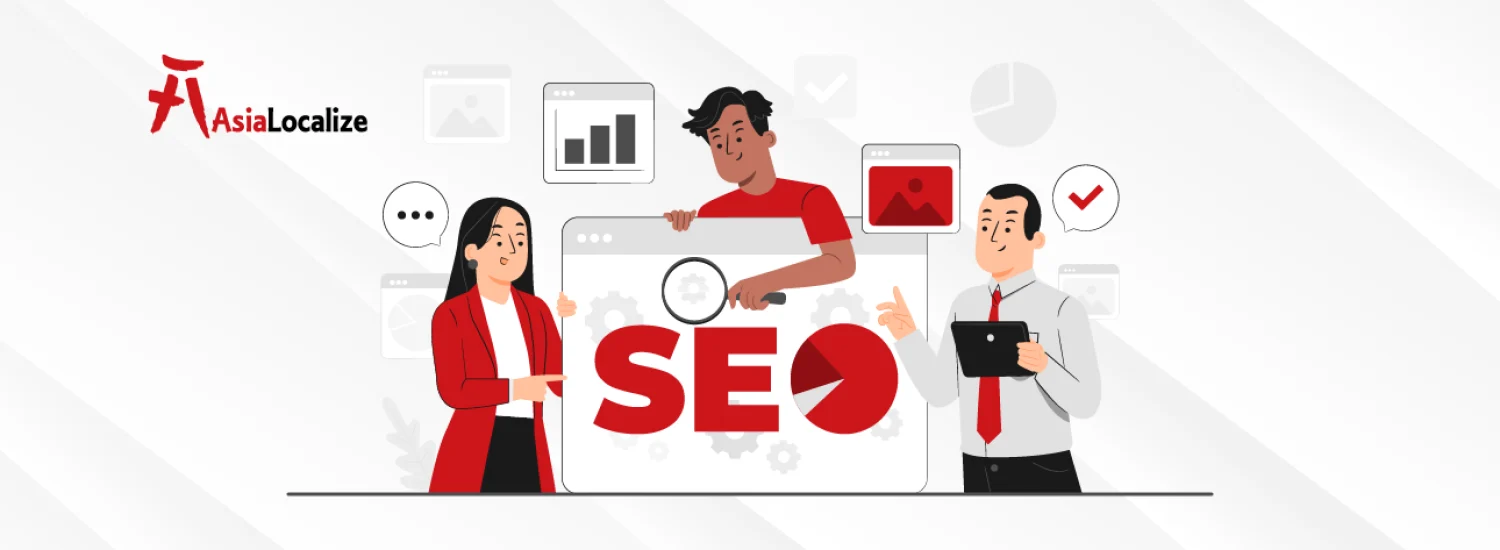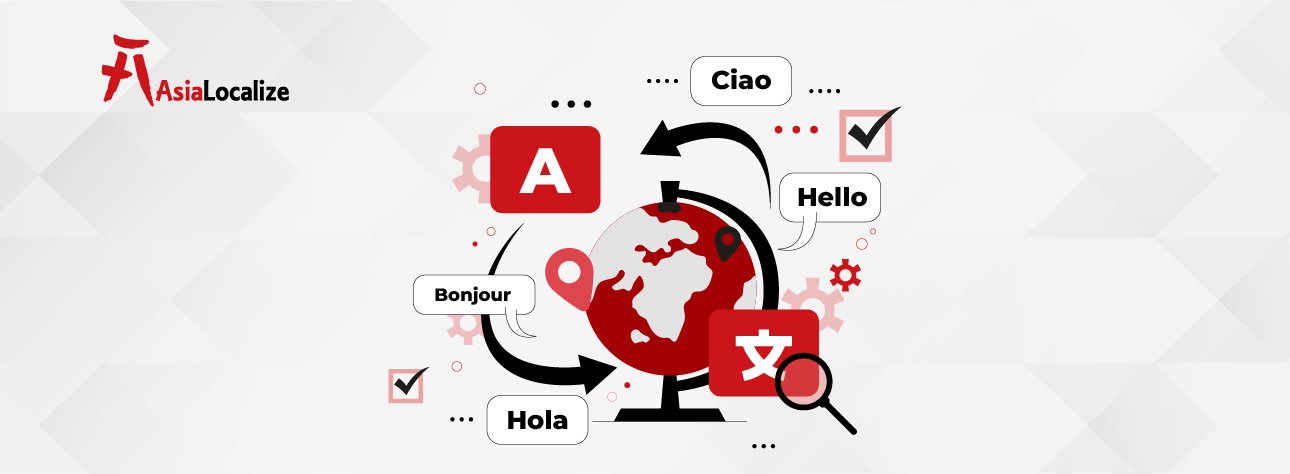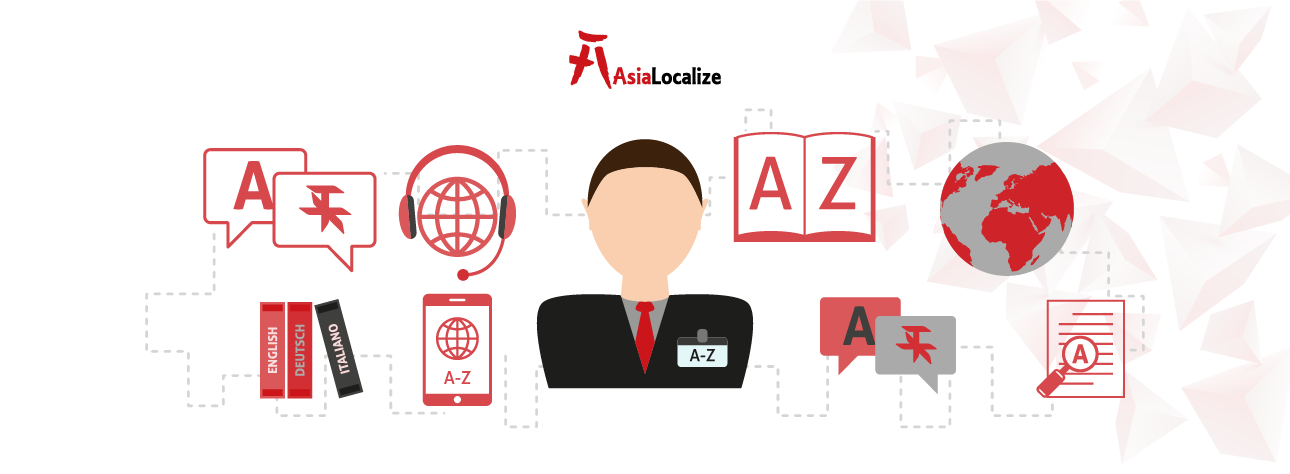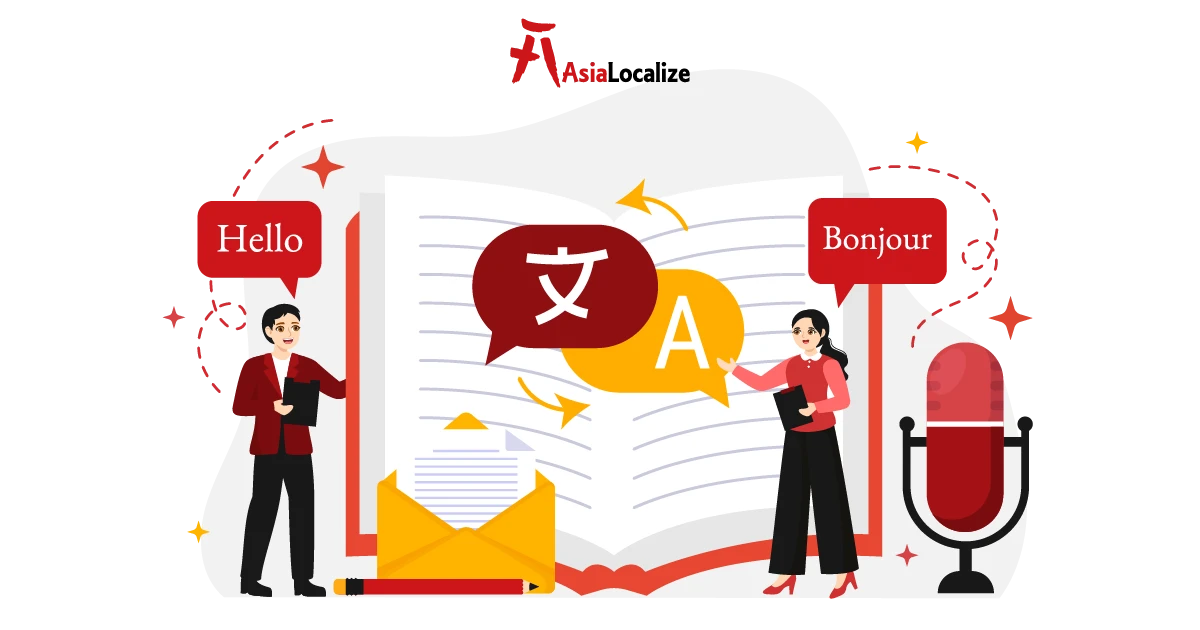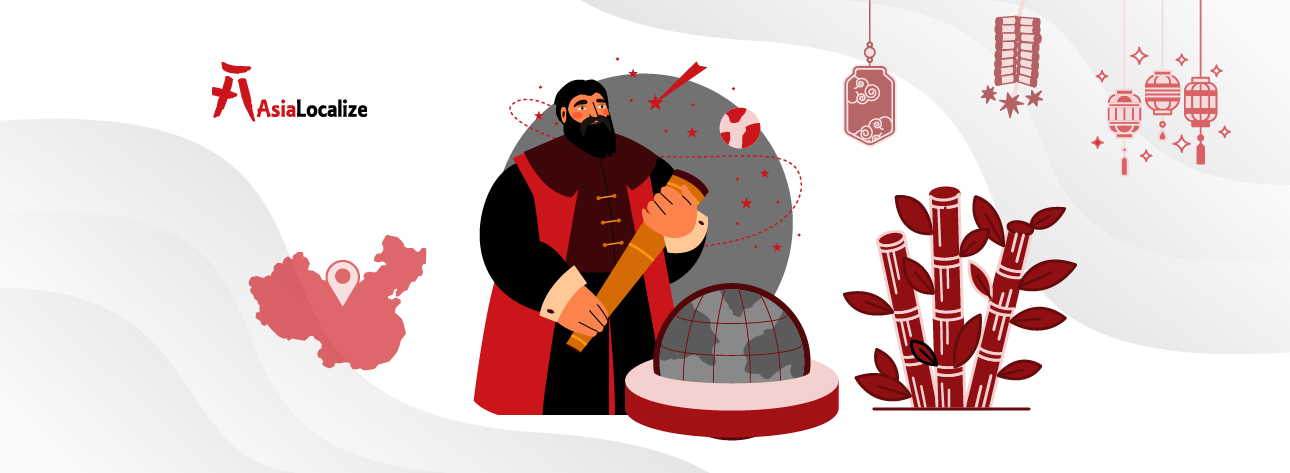You’ve worked hard on your website. The design looks great, your product or service is solid, and things are starting to pick up locally. But when you look beyond your home market — to customers in Spain, Germany, the UAE, or Japan — it’s like your website doesn’t even exist.
That’s not your fault. It’s just that search engines don’t play fair when it comes to language.
Here’s the thing: people don’t just search in English. They search in their language, using their words, expecting their kind of experience. And if your website isn’t optimized for that — not just translated, but actually tailored for how they search — they’ll never find you.
That’s what multilingual SEO does. It bridges the gap between your business and the people who are already looking for what you offer, just in a different language, or in a different country.
Let’s talk about how to implement multilingual SEO — and how it can open doors you didn’t even know were closed.
What is Multilingual SEO?
Multilingual SEO is the practice of optimizing your website and content so that people searching in different languages — and often from different parts of the world — can actually find you.
It’s about making sure that when someone in Paris searches for your product in French, or someone in Dubai types their query in Arabic, your website is right there, ready, relevant, and accessible.
And here’s why this matters:
- 73% of internet users don’t speak English as their first language. That’s billions of people.
- 76% of online shoppers prefer to buy from websites in their native language, even if they understand English.
So, what does all this translate into for your business?
Increased Global Visibility and Organic Traffic
Multilingual SEO helps your content show up in international search engines — whether it’s Google, Baidu, Yandex, or Naver. By optimizing for local keywords and search behavior, your visibility increases organically across countries.
A study by Webcertain found that businesses using multilingual SEO see an average 47% increase in global organic traffic after localizing just three languages.
Better User Experience for Diverse Audiences
People feel more comfortable and stay longer on websites in their own language. When your content is written and optimized specifically for their cultural and linguistic context, they’re more likely to engage — and less likely to bounce.
According to HubSpot, websites with localized keyword optimization see 2x longer average session durations than those that don’t.
Stronger Engagement & Conversion Rates
Adapting content for multilingual audiences creates a sense of connection and trust. That familiarity leads to action. Whether it’s signing up for a service, buying a product, or reaching out, multilingual SEO can increase your conversion rates by up to 70%, especially in non-English-speaking markets.
| Speak Their Language. Own Their Search Results. Learn More About Our Professional Translation Services! |
How to Get Started with Multilingual SEO
So you’ve decided to take your website global — great! But where do you start?
Selecting Target Languages
You don’t have to go global all at once — start smart.
Begin by identifying the countries or regions that already show potential. Check your website analytics:
- Where’s unexpected traffic coming from?
- Which regions have high engagement but low conversions?
- Are there growing customer inquiries in certain languages?
Once you spot patterns, validate them with international keyword research. Use tools like Google Search Console, SEMrush, or Ahrefs to explore what people are searching for in different markets and how competitive those terms are.
Translating Keywords for SEO
Here’s where it gets nuanced.
Keyword translation is an adaptation with a strategy. A direct translation of “cheap flights” might make sense in one language, but sound awkward or even offensive in another.
Instead, you need to:
- Understand search intent in each language — what are users really trying to find?
- Use native-speaking SEO experts or specialized tools to research locally relevant keywords.
- Match the tone, phrasing, and cultural nuances of how your target audience actually searches.
This is why generic translation falls short. You need tailored strategies that align with regional search engine optimization patterns, not just words.
Localizing Content
This is the magic touch that makes everything feel human.
Localization goes beyond words. It’s understanding that humor, tone, and even color choices or images can carry different meanings across cultures.
When you’re tailoring SEO for diverse markets, you should:
- Adapt product descriptions, headlines, and CTAs to feel natural and familiar.
- Respect cultural references, idioms, and taboos.
- Align with cultural adaptation in SEO best practices — including payment formats, measurement units, and local holidays.
Optimizing Your Website for Global Audiences
Great strategy is only half the equation. Let’s talk best practices for multilingual SEO to make your website technically ready for international growth.
URL Structures for Multilingual Websites
One of the first decisions you’ll face is how to structure your URLs for different languages and regions. There’s no one-size-fits-all answer, but here are your main options:
Subdirectories (example.com/fr/)
- Pros: Easy to manage, shares domain authority, good for SEO tracking.
- Cons: Less geo-targeting precision than ccTLDs.
- Best for: Businesses expanding into a few regions under one main brand.
Subdomains (fr.example.com)
- Pros: Allows for clear content separation, flexible to manage different teams/languages.
- Cons: Search engines sometimes treat subdomains as separate sites, so SEO authority is split.
- Best for: Larger companies with semi-autonomous regional sites.
Country-Code Top-Level Domains (ccTLDs) (example.fr)
- Pros: Strong geo-targeting, builds local trust and credibility.
- Cons: Higher cost and more complex maintenance, SEO authority doesn’t easily transfer.
- Best for: Businesses going deep in specific countries with distinct branding or compliance needs.
Example in action:
- example.com/fr/produits → French version via subdirectory
- fr.example.com/produits → French version via subdomain
- example.fr/produits → French ccTLD
Whatever you choose, consistency and clear language mapping matter most.
Implementing hreflang Tags
Here’s a technical feature that often gets overlooked — and it can make or break your multilingual SEO: the hreflang tag.
Hreflang tells search engines what language and region your content is intended for, helping them serve the right version to the right audience. Without it, Google might show your English page to a Spanish-speaking user in Mexico — not ideal.
How to use hreflang:
- Use in the <head> section of each localized page or via your sitemap.
- Match each language-region combo with the correct ISO code (e.g., en-us, fr-fr, es-mx).
- Always include a self-referencing hreflang and a default version (x-default) for unmatched users.
| Example tag: <link rel=”alternate” hreflang=”fr-fr” href=”https://example.com/fr/” /> |
Technical SEO for Multilingual Websites
Beyond language and structure, your global site has to perform — quickly and reliably — no matter where users are visiting from.
Here’s what to focus on:
- Site speed: Users in different countries have different internet speeds — use tools like Google PageSpeed Insights to test load times globally.
- Mobile responsiveness: In many regions, over 70% of users browse on mobile. Your site must look great and work smoothly across all devices.
Structured data: Help search engines understand your content by marking up local business info, product listings, and translations clearly.
| Accuracy Could Save a Life. Get Trusted Medical Translation Services Now! |
Essential Tools to Simplify Multilingual SEO
Managing multilingual SEO can feel like a balancing act — different regions, different audiences, different expectations. The good news? You don’t have to juggle it all manually. The right tools can make your job a whole lot easier — from keyword research to content translation to performance tracking.
Let’s break down the most helpful ones and where they really shine.
AI in Multilingual SEO
AI tools are quickly becoming go-to assistants for multilingual marketers — and for good reason.
They can help speed up:
- International keyword research — suggesting relevant search terms based on region, language, and intent.
- Content localization — offering draft translations or rewriting content for different language audiences at scale.
Tools like ChatGPT, Jasper, and Google’s Natural Language AI can give you a head start when adapting headlines, meta descriptions, or blog intros. They’re fast, scalable, and surprisingly helpful when you need to get a feel for how content might sound in another language.
However, there is an important point to consider: AI lacks cultural awareness.
While it can translate tone or structure, it doesn’t always grasp cultural nuance, humor, or context, especially in markets with very specific sensitivities. That’s why human oversight is crucial, especially when you’re working on customer-facing content or brand messaging.
Translation Management Systems (TMS)
If you’re translating more than a few pages — or managing multiple languages across teams — a Translation Management System (TMS) is your best friend.
A good TMS helps you:
- Keep translations consistent across every part of your website.
- Manage glossaries and terminology so key terms (like product names or industry jargon) don’t get lost in translation.
- Collaborate with translators, editors, and developers — all in one place.
Some platforms even assist with Multilingual SEO for e-commerce by syncing with product databases and CMS platforms.
Analytics and Performance Tracking Tools
You’ve done the work. Now you need to know: Is it actually working?
Performance tracking tools are essential for understanding how your multilingual efforts are landing in different markets. Here are a few must-haves:
- Google Analytics 4
Track user behavior by language, location, and traffic source. Set up custom reports to see which country versions are converting best, and which need work.
- Google Search Console
Monitor your search performance in each language. See which pages are ranking, what queries are driving traffic, and whether search engines are indexing your alternate language pages correctly.
- SEMrush / Ahrefs
Great for tracking regional keyword rankings, checking backlinks by country, and auditing multilingual SEO issues like hreflang errors, duplicate content, or crawl depth.
Key metrics to watch:
- Organic traffic by language/region
- Bounce rate per localized page
- Average session duration by country
- Conversion rate by region and device
- Keyword visibility by market
| Confidently Enter New Markets Learn More About Our Business Translation Services. |
At AsiaLocalize, we don’t just translate — we strategize, localize, and humanize every word to match the heart of your audience.
With years of experience helping global brands break language barriers and boost visibility, we know that in multilingual SEO, every word matters. The wrong one gets ignored. The right one builds trust, ranks higher, and converts.
That’s our craft — choosing the right words for the right people, in every market.
| Let us help you speak the world’s language — flawlessly. Learn More About Our Localization Services. |

